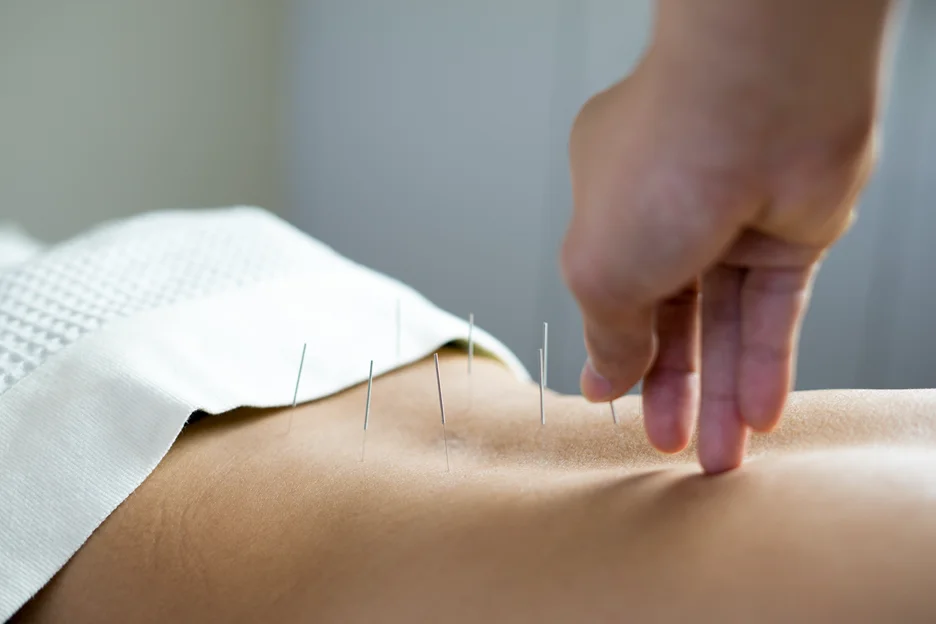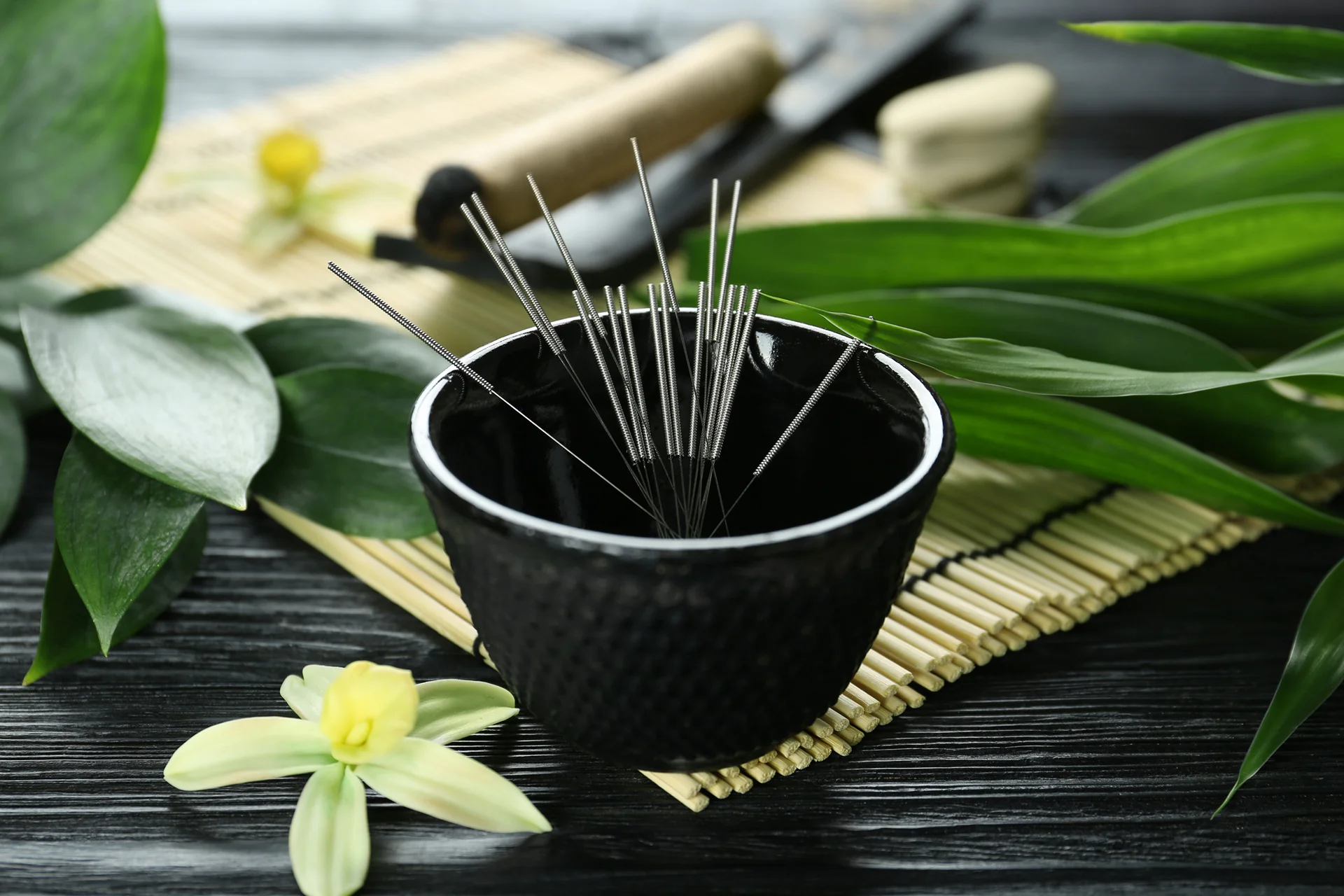The Efficacy, Safety, and Mechanisms of Acupuncture in Treating Sciatic Pain
For those afflicted with the searing, shooting pains of sciatica, relief often feels out of reach. Conventional treatments like pain medication and surgery provide only temporary appeasement of this persistent condition. However, an ancient Chinese practice of acupuncture offers a natural way to effectively treat sciatic nerve pain at its root.
With strategic insertion of hair-thin needles into specific body points, acupuncture seeks to realign the body’s vital energy flow. This holistic healing technique works with the body’s own restorative abilities to mitigate inflammation and reduce nerve impingement. For sciatica sufferers searching for lasting nerve pain liberation, acupuncture may offer the permanent solution they’ve been seeking.
Understanding Sciatica
The sciatic nerve originates in the lower back and runs through the buttocks and down each leg. It is the body’s largest nerve, formed by spinal nerve roots exiting the spine from L4 to S3. Compression or inflammation of these nerve roots is what leads to the searing, shooting pain of sciatica.
Common sciatica symptoms beyond leg pain include numbness, tingling sensations, and muscle weakness in the affected leg. In severe cases, the foot and ankle may be difficult to move or control. Diagnosis involves a physical examination and imaging tests to identify the cause, such as a herniated disc, bone spur, or narrowing of the spinal canal (spinal stenosis).
Sciatica is considered acute when symptoms last 4-6 weeks, often caused by a herniated disc irritating the nerve. Chronic pain may last for 12 weeks or longer, potentially stemming from underlying conditions like spinal abnormalities or piriformis syndrome. Proper treatment for sciatica depends on correctly diagnosing the origin of nerve compression.
The Principles of Acupuncture
Acupuncture comes from traditional Chinese medicine, which takes a holistic approach to health involving the balance of qi (vital energy) along meridians in the body. Blockages or deficiencies in qi are believed to cause illness. Acupuncture aims to restore normal qi flow by inserting ultra-thin needles into specific points along the meridians.
Two meridians considered essential for treating sciatic pain are the gallbladder, which runs down the side of the body, and bladder, which runs along the back. Select points along these meridians correspond to the pathways of the sciatic nerve. Stimulating these points is thought to relieve pain and muscle tension.
Acupuncture is believed to yield pain-relieving effects through multiple mechanisms. It may help regulate nerve transmissions and the release of endorphins and other neurotransmitters involved in pain perception. Improved circulation is also a proposed mechanism for acupuncture’s therapeutic effects.
Why Acupuncture for Sciatica?
Acupuncture holds promise as a therapy for sciatica for several key reasons:
- It acts directly on the nervous system, enabling targeted treatment of sensitized or damaged nerves.
- Increased blood flow to the affected area facilitates healing and delivery of pain-relieving chemicals.
- Endorphins and neurotransmitters like serotonin and dopamine are stimulated, regulating how pain signals are processed.
- Chronic inflammation underlying nerve irritation may be reduced.
- Muscle spasms and tension compressing the sciatic nerve are relieved.
- No adverse effects common with pain medications, like gastrointestinal bleeding or liver damage.
Research and Efficacy of Acupuncture for Sciatica
Multiple systematic reviews over the past decade analyze the growing evidence base for acupuncture’s efficacy in treating sciatica. A 2016 meta-analysis of 11 randomized controlled trials found acupuncture significantly reduced pain compared to sham acupuncture and conventional therapy. It also led to better overall symptom improvement.
Another randomized trial showed acupuncture combined with usual care reduced sciatica pain and disability versus usual care alone. NSAID pain relievers are a common treatment, but recent analysis found acupuncture significantly more effective for pain and functional improvement.
While more rigorous research is still needed, current evidence indicates acupuncture – either standalone or combined with other treatments – can safely alleviate sciatic nerve pain and support functional recovery.
The Acupuncture Procedure for Sciatica

A typical acupuncture session starts with a physical examination by a licensed acupuncturist to identify problem areas and determine a customized treatment plan. For sciatica, key points along the bladder and gallbladder meridians on the lower back, buttocks, hips, thighs and calves are commonly targeted.
Fine disposable needles just 0.18-0.3mm wide are quickly inserted into the selected points just deep enough to stimulate the meridians. Patients may feel a mild aching sensation with initial insertion that fades. Needles are left in place for 15-30 minutes, with some acupuncturists also applying manual stimulation or electrical pulses to enhance the effects.
The number of sessions needed depends on the severity of symptoms, ranging from twice a week over several months for chronic sciatica to a few weeks for acute cases. Improvements in flexibility, range of motion, and quality of life are key signs of progress. Maintenance sessions may be recommended after initial symptom resolution to prevent recurrence.
Safety and Side Effects
Acupuncture has been recommended as an effective method for pain relief for patients with sciatica. According to a systematic review and meta-analysis of randomized controlled trials, acupuncture therapy is an effective and safe treatment for patients with sciatica, and it can be considered a suitable replacement for medicine treatment.
While acupuncture is generally safe, it is associated with adverse effects such as hypodermal bleeding. Other common side effects include soreness and minor bleeding or bruising where the needles were inserted, and single-use, disposable needles are now the practice standard, so the risk of infection is minimal.
Not everyone is a good candidate for acupuncture, and it is important to inform the practitioner if you have a bleeding disorder, a pacemaker, or if you are pregnant.
Enhancing the Acupuncture Experience
Maximizing the pain-relieving effects of acupuncture involves working with an experienced practitioner specialized in treating nerve pain. Carefully customized sessions with optimal needle placement precision and technique is key. Combining acupuncture with moxibustion (heat therapy) or cupping can also enhance outcomes.
The frequency of treatment should align with the stage and severity of symptoms. Those new to acupuncture should start with 1-2 sessions per week to judge effects. Allowing at least 1-2 days between sessions gives the body time to respond. As symptoms improve, the focus shifts to preventing recurrences.
Other Conservative Treatments for Sciatica
In addition to acupuncture, there are several other conservative treatment options for managing sciatica pain and improving mobility.
| Treatment | Description |
| Medications | Over-the-counter nonsteroidal anti-inflammatory drugs (NSAIDs) like ibuprofen and acetaminophen can help reduce inflammation and pain caused by sciatica. These medications may provide short-term relief for acute sciatic pain. |
| Physical Therapy | Physical therapists can provide exercises and modalities to help improve flexibility, core strength, and range of motion. This can take pressure off the sciatic nerve and also help patients better manage their pain. Physical therapy is often prescribed after acute sciatic flare-ups. |
| Chiropractic Care | Chiropractors use spinal manipulation and mobilization techniques to realign the spine. This can reduce pressure on the sciatic nerve roots and nerve itself. Chiropractic adjustments may be especially helpful for sciatica caused by spinal misalignment. |
| Epidural Steroid Injections | Epidural steroid injections deliver anti-inflammatory corticosteroids directly into the epidural space around the spinal nerve roots. This can decrease localized inflammation and allow the compressed nerves to heal. Epidural injections tend to provide temporary pain relief. |
| Traction Therapy | Gentle stretching of the lumbar spine through traction devices can take pressure off the sciatic nerve. This may help reduce sciatic pain and other symptoms. Traction is often combined with other treatments. |
| Behavioral Therapy | Learning coping strategies and making lifestyle modifications can help patients better manage chronic sciatic pain. Cognitive behavioral therapy and mindfulness training are examples of behavioral approaches. |
Conclusion

In summary, modern research provides evidence that acupuncture can safely and effectively reduce both acute and chronic sciatic nerve pain. It offers a drug-free alternative to painkillers and invasive interventions with minimal adverse effects. Consider acupuncture as a standalone therapy or complement to exercise-based treatment of sciatica. But be sure to work with specialized acupuncturists and communicate closely regarding symptoms and effects.
Sign up for Kaly to connect with experienced licensed acupuncturists in your area that can design a treatment plan tailored to your needs. With the right approach, acupuncture can get you on the road to lasting sciatica pain relief.
